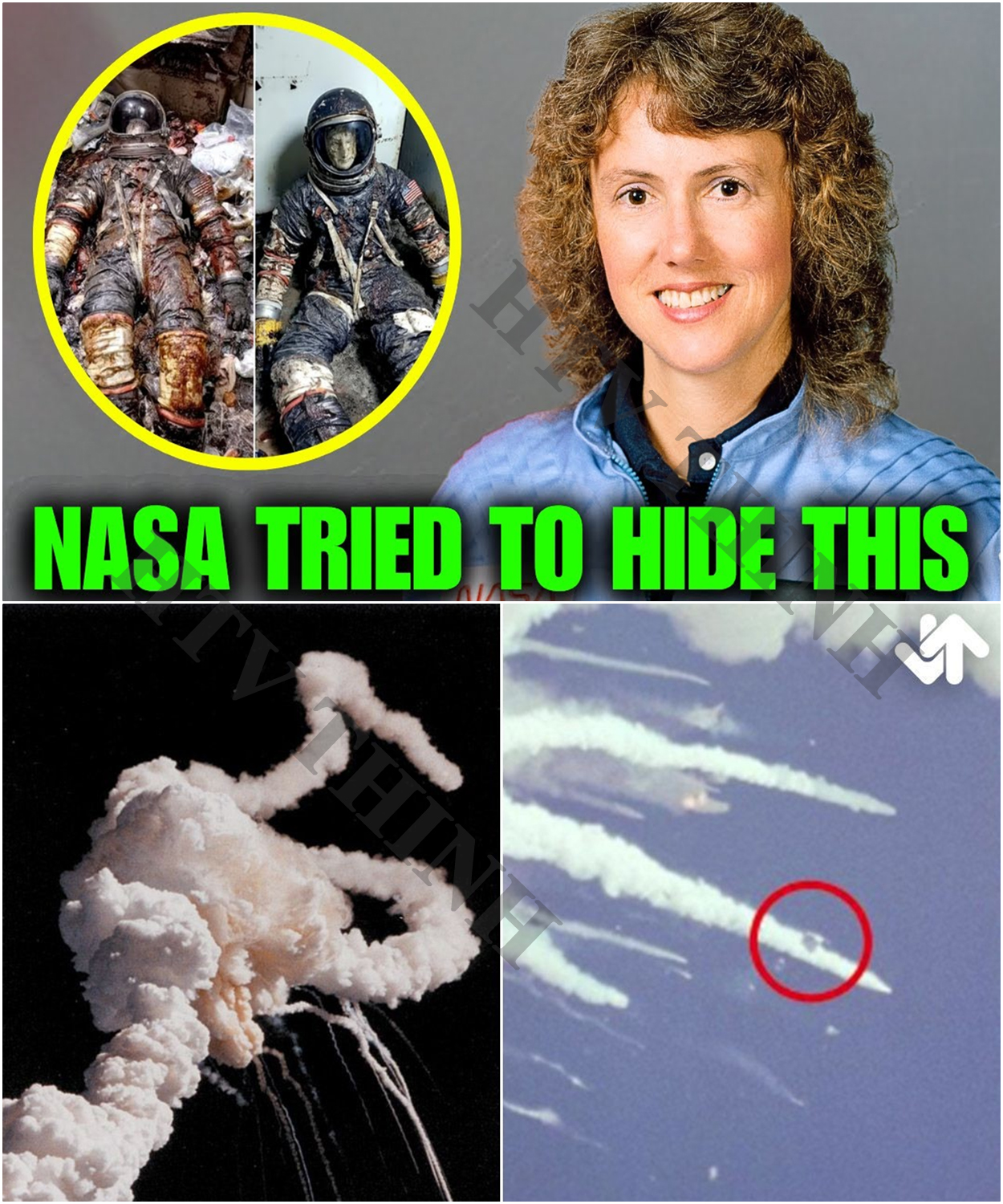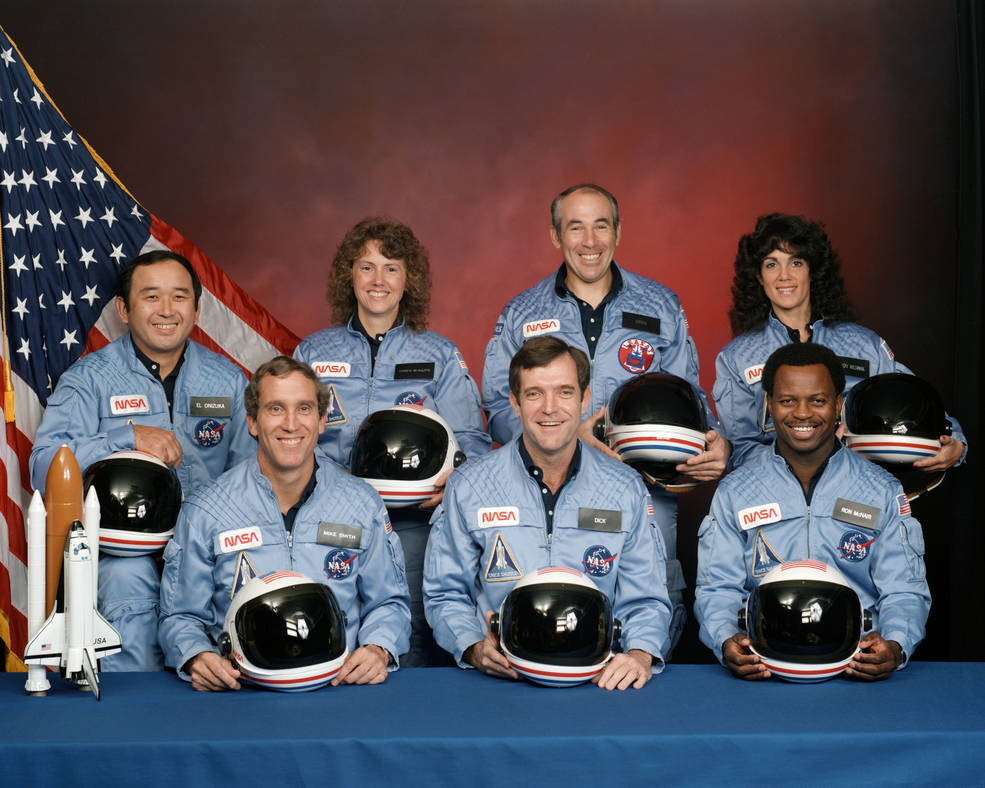The Challenger Disaster: Uncovering the Truth Beneath the Ocean’s Surface
On January 28, 1986, the world watched in anticipation as the space shuttle Challenger prepared for liftoff. Seventy-three seconds later, the shuttle was gone—exploding in a fiery blaze that shattered the dreams of millions.
What followed was a massive recovery effort beneath the cold Atlantic waters, where divers uncovered haunting fragments that told a story far darker and more complex than anyone expected. This is the untold story of the Challenger disaster, the search and recovery mission, and the legacy that still shapes space exploration today.

The Day the Sky Fell Silent: A Nation’s Moment of Pride Shattered
The morning of January 28, 1986, was filled with hope and excitement. Challenger stood poised on the launch pad at Kennedy Space Center, Florida, ready to carry seven astronauts—including Christa McAuliffe, the first private citizen and teacher selected to go to space—into history. Families, schoolchildren, and millions of viewers gathered around their televisions, eager to witness a triumph of human achievement.
At 11:38 a.m., the countdown reached zero. Challenger’s engines roared to life, flames bursting beneath the launch pad as the shuttle ascended gracefully into the clear blue sky. For seventy-three seconds, everything seemed perfect. Cheers erupted from classrooms and control rooms alike.
But then, at 11:39 a.m., a sudden flash tore across the sky. The shuttle twisted violently before disintegrating into a massive cloud of fire and smoke. The catastrophic failure was traced back to a tiny but critical flaw—the failure of the right solid rocket booster’s O-ring seal in the freezing morning air. This small defect allowed flame to escape, igniting the external fuel tank and causing the shuttle’s destruction.
The Immediate Aftermath: Shock, Confusion, and Hope
For moments after the explosion, disbelief and confusion reigned. Flight Director Jay Greene’s calm acknowledgment of a “major malfunction” was the first official admission that something terrible had occurred. Families watched helplessly, clinging to hope that the crew might have survived.
But there were no parachutes, no ejection systems, and no distress signals. The Atlantic Ocean below was littered with smoke, fire, and debris. As the smoke cleared, the grim reality settled in: the shuttle was lost, and the seven astronauts aboard had perished.
The Search That Became a Recovery Mission
Initially, search teams scoured the Atlantic for survivors, scanning for life rafts, signals, or bodies. Hours turned into days, and hope faded. The explosion had scattered debris over miles of ocean, and the orbiter had broken apart at an altitude of 48,000 feet.
NASA quickly shifted focus from rescue to recovery. The Rogers Commission, formed to investigate the disaster, coordinated one of the largest recovery efforts in American history. Navy ships equipped with sonar mapped the ocean floor, Air Force planes photographed floating debris, and divers plunged into the freezing depths to retrieve wreckage.
Thousands of fragments were recovered—twisted metal, scorched panels, and haunting remnants of the shuttle and its crew. Each piece was painstakingly cataloged and sent to Kennedy Space Center for reconstruction and study.

The Middle of the Story: Diving Into Darkness and Uncovering Haunting Evidence
The Haunting Recovery of the Crew Cabin
Among the most critical and emotionally charged parts of the recovery was the search for the crew cabin. For weeks, Navy divers and Air Force teams used sonar and submersibles to scour the seabed. On March 7, 1986, they located the remains of the crew compartment roughly 100 feet below the surface.
The cabin was crushed and fragmented from impact but remarkably intact enough to provide crucial evidence. Divers carefully lifted the wreckage, aware that they were handling what had once been the astronauts’ home in the sky.
Inside the hangar at Kennedy Space Center, engineers and forensic specialists began the painstaking process of reconstructing Challenger piece by piece. The right solid rocket booster, especially the joint where the O-ring failed, received intense scrutiny. Burn patterns and warped metal revealed the violent sequence of events leading to the explosion.
The Shadow of the O-Ring Failure
The forensic analysis confirmed that the disaster began with the failure of the right booster’s O-ring seal. The freezing temperatures on launch day had compromised the rubber seal’s ability to contain hot gases. This failure allowed flame to escape, ultimately igniting the external fuel tank.
This tiny but catastrophic flaw was the key to understanding the tragedy. It exposed vulnerabilities in NASA’s engineering practices and decision-making processes, sparking a nationwide conversation about safety and risk management.
The Unseen Human Cost
While the technical investigation dominated headlines, the human toll weighed heavily on everyone involved. The discovery of possible human remains among the debris brought a sobering reality. The forces at play during the breakup and ocean impact were extreme, and the remains were fragmentary and commingled.
Forensic specialists handled the recovery with utmost respect and care, preserving dignity for the astronauts and their families. The Rogers Commission acknowledged the recovery of human remains but kept details limited to protect privacy.
The Emotional Weight of Recovery and Reconstruction
The recovery mission was not just a scientific endeavor—it was a vigil for seven heroes who had given their lives in pursuit of exploration. Divers described the eerie calm of the ocean floor, where pieces of Challenger rested like a broken monument.
Every recovered fragment told a story—not only of destruction but of dedication, courage, and the relentless quest for knowledge. The reconstruction at Kennedy Space Center became a symbol of commitment to learning from tragedy.
Lessons Learned: How Challenger Changed NASA Forever
The Challenger disaster reshaped NASA’s approach to safety and risk. Engineers redesigned booster seals, restructured launch protocols, and fostered a culture of vigilance and transparency. The recovery effort’s detailed documentation informed these changes, ensuring future missions would be safer.
The tragedy also underscored the risks inherent in pushing beyond human limits. It served as a reminder that progress often comes with sacrifice, and that every leap forward must be tempered with humility and care.
The Lasting Legacy of the Challenger Crew
The seven astronauts—Francis Scobee, Michael Smith, Ronald McNair, Ellison Onizuka, Judith Resnik, Gregory Jarvis, and Christa McAuliffe—became symbols of courage and dedication. Their names are etched into history and memorialized at Arlington National Cemetery, where shared remains were interred with full honors.
NASA chose to protect the privacy of the families, never releasing photographs or detailed forensic reports. Instead, the agency honored the crew’s memory by carrying forward their spirit in every subsequent mission.
The Final Reflection: The Day the Sky Fell Silent and the Truth Beneath the Waves
Decades after the tragedy, the story of Challenger remains a powerful lesson in human ambition and vulnerability. The ocean’s depths yielded the truth about those fateful seventy-three seconds, revealing not only the technical failures but the indomitable spirit of exploration.
The recovery mission brought closure to families and investigators alike, transforming loss into learning. It reminded the world that behind every technological marvel are human lives, hopes, and dreams.
Conclusion: Remembering Challenger—A Story of Loss, Courage, and Hope
The Challenger disaster was a turning point in space exploration history. The recovery of wreckage and remains beneath the Atlantic’s cold waves told a story of tragedy and resilience. It exposed flaws, inspired reforms, and honored the memory of seven brave souls who dared to reach for the stars.
Today, their legacy lives on in safer missions, inspired educators, and a world that remembers the day the sky fell silent—but never forgot.





